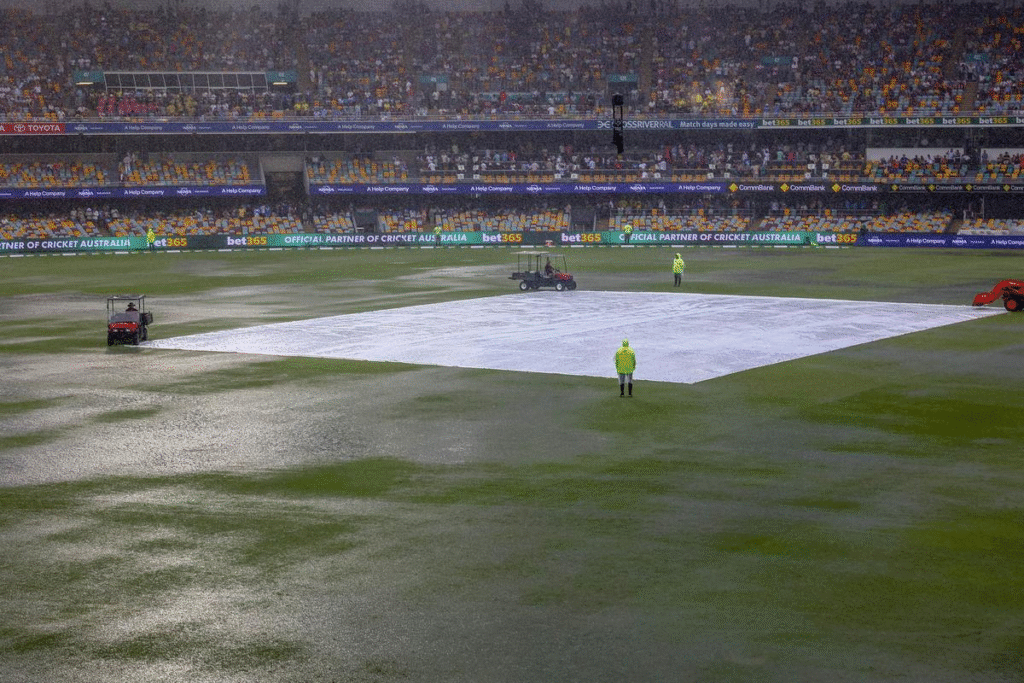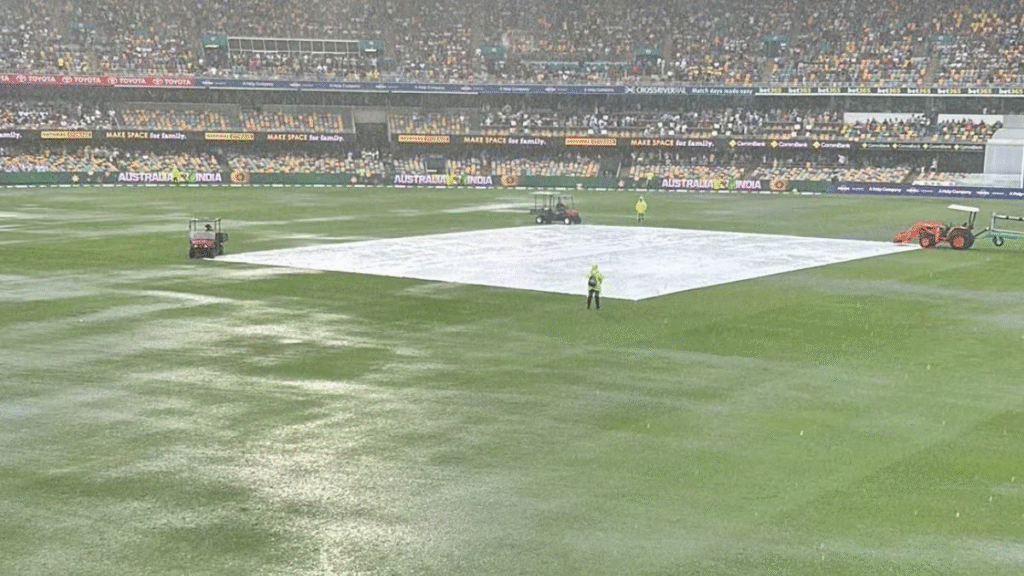Breaking! India vs Australia 1st T20 Live: 3 Key Moments Before Rain Stopped Play in Canberra
India vs Australia 1st T20 Live Score 2025: The much-awaited clash in Canberra ends without a result as rain forces the match to be called off
Whenever India and Australia face off in cricket, it’s more than just a match — it’s lit by history, intensity and expectations. The India-Australia rivalry is one of the marquee fixtures in world cricket.
In the lead up to this first T20 of the series, both sides had plenty riding on it: India were sharpening their T20 machinery ahead of major tournaments, Australia similarly wanting to assert dominance at home.
The venue was Manuka Oval in Canberra, Australia, on Wednesday 29 October 2025. According to the schedule, the toss was set at 6:45 pm local time and the match to begin at ~7:15 pm local time (1:45 pm IST). The pitch had a reputation: at Manuka Oval, the average first-innings T20 score hovers around 144 and the surface is considered on the slower side but still good for batters who settle in.

India’s mindset under the leadership of Suryakumar Yadav had become aggressive: “attack from ball one” is the philosophy. Australia meanwhile, confident in home conditions, opted to field first after winning the toss.
At the toss, Australia captain Mitchell Marsh won and chose to bowl first. India’s captain Suryakumar Yadav later said he would’ve been happy to bowl too, but the toss went the other way.
India’s playing XI had some surprises: notably, pace seamer Arshdeep Singh was missing from the XI despite being a key T20 option. Spin options were given prominence: Axar Patel, Kuldeep Yadav, Varun Chakaravarthy were retained in the mix.
India started strongly. In the early overs, young opener Abhishek Sharma attacked from the get-go, looking to strike early, and his partner Shubman Gill settled in. The score progressed 8/0 (1st over) and 17/0 (2nd over) courtesy of Sharma’s attacking batting.
At 35/1, Sharma fell for 19 (chipped to Tim David off Nathan Ellis). The Guardian By 9.4 overs, India were 97/1. But then … weather intervened. Persistent rain meant the match could not proceed further, and ultimately was called off.
Rain delay was the obvious culprit — at a crucial juncture, with covers on and inspection underway, the downpour returned, and given the local conditions and regulations, the match could not continue.
Additionally, a somewhat lesser-noted but important factor: Canberra’s unique floodlight curfew. The city has a regulation that the lights at sporting venues must be switched off by 11 p.m., which constrained play time. Because of that, after the rain delay and inspection time, the overs had to be trimmed to 18 per side in a possible restart scenario.
In the end, with insufficient overs played (minimum overs for result not met), the match was officially abandoned without a result.

From India’s perspective, the early attack by Sharma and Gill was encouraging. The intention was clear: dominate early and put pressure on Australia. The spin-heavy composition suggested India were banking on late overs spin and batting depth. The absence of Arshdeep Singh raised questions about strategy and seam options.
But the wash-out means no official result, so no statistical takeaway. It’s a bit of a lost opportunity to settle combinations and gain momentum in the series opener.
For Australia, bowling first appeared the right decision given conditions. They had hoped to put India under pressure and then chase under lights. But the weather intervened before their chance. The curfew and rain means they too cannot benefit from a result.
From a larger vantage, this series opener being abandoned gives neither side an early edge — which could make the rest of the series more unpredictable, and perhaps more exciting.
This match was the first of five T20Is between India and Australia, seen as an important part of preparation ahead of the upcoming T20 World Cup. An abandoned opener puts more pressure on the subsequent games: both teams will now need to extract value from fewer matches if one is lost to weather.
Moreover, external factors like venue regulations (floodlight curfew) remind us that logistics beyond the pitch can influence outcomes.
Manuka Oval has been a reliable host for T20I cricket. Historically, batting first has yielded scores around 140-150. The surface offers something for batters but is not the fastest.
Given India’s approach (bat first) and Australia’s decision to field first, both teams had bought into the venue’s characteristics.

The weather on that evening in Canberra was predicted to have some cloud cover and a chance of showers. Early in the day, the rain probability was high (~60%) but by match time it was forecast to drop to ~13-25%.
Yet, delay in arrival of the bowlers, inspection of the covers, combined with the floodlight curfew (play must stop at 11 pm) meant that even a modest disruption could force reduction of overs. The match indeed was reduced to 18 overs per side in planning, though even that did not materialize fully.
It’s a reminder: in T20 cricket (which is fast and frenetic) time is of the essence — lost minutes can change everything.
Abhishek Sharma’s aggressive start: His blitz (19 runs) set the tone for India’s innings before weather intervened.
India’s spin-forward team selection: With more spin than seam, India signaled their strategy for the middle and late overs.
Australia’s toss decision: Opting to bowl first was a calculated move given conditions; however the weather thwarted their plan.
Floodlight curfew impact: The local rule in Canberra added a layer of complexity that arguably contributed to the abandonment.
Series momentum lost: With no result from match 1, both teams now have to recalibrate for match 2 — psychologically the “first win” springboard is gone.
Preparation for T20 World Cup: With this being a warm-up to the global tournament, the wash-out means fewer competitive overs for fine-tuning.
With the first T20 washed out, both teams head into the 2nd T20 with fresh resolve. According to schedule, the next match is set for 31 October 2025 at the Melbourne Cricket Ground (MCG) in Melbourne.
Will India persist with their spin-heavy selection or tweak toward more seam given Australian conditions?
Will Australia re-assess their batting order or bowling combinations after seeing India’s opening attack?
Will weather again intervene? Melbourne has its own conditions and the teams will hope for a full game.
What strategic adjustments will each side make now that the first match didn’t yield a result?








